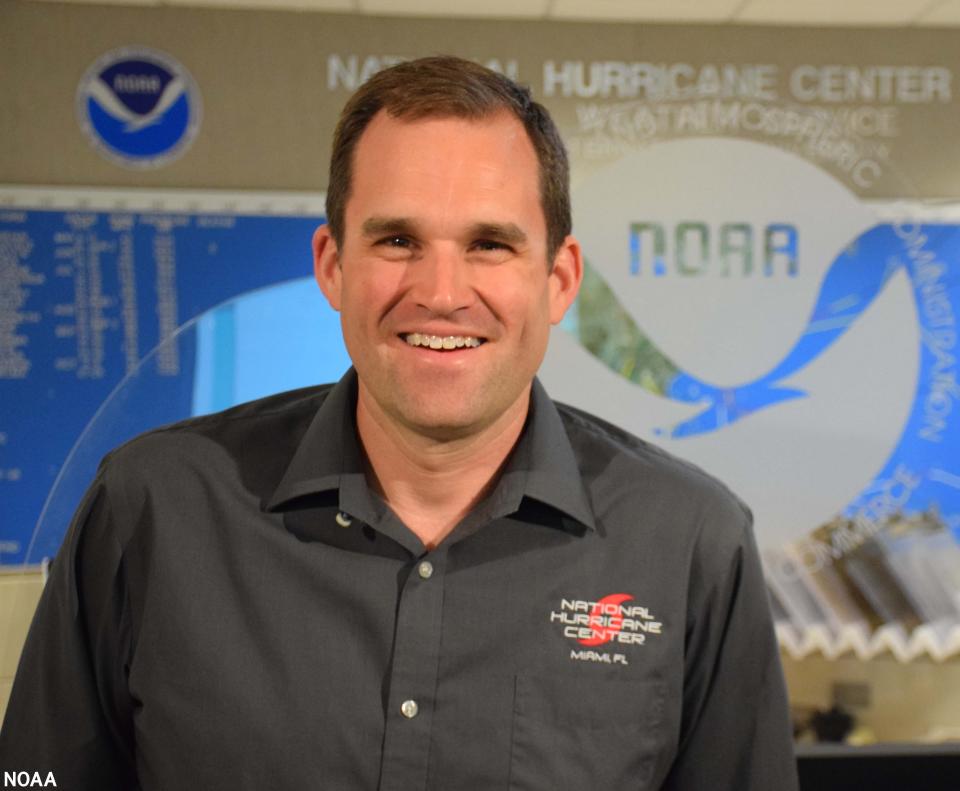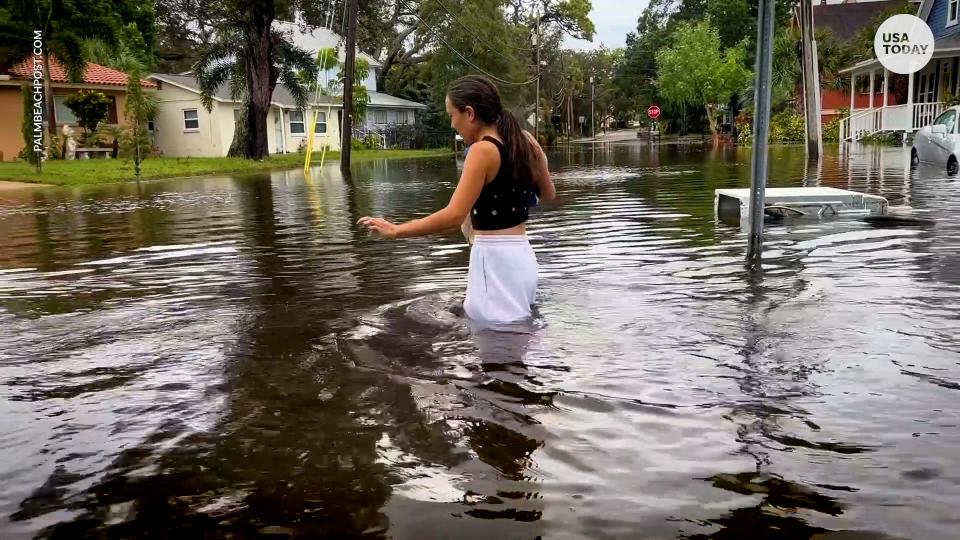
Michael Brennan spent more than a decade helping prepare forecasts and warning messages at the National Hurricane Center before being named its director just before hurricane season in 2023. The role puts him firmly on the frontlines of communicating storm hazards to the public.
With this summer expected to bring more storms than normal, getting ready for the season that starts June 1 is a topic on the minds of many who live in coastal regions from Texas to Maine.
Brennan is all-too familiar with the confusion spread by misinformation before the storm and the tragedies that occur during and after storms. So he spends a lot of time thinking about how the center can get the right messages to people, especially when they’re bombarded with information that isn’t always especially helpful.

His biggest concern? That people are prepared, and not complacent.
Here’s five things Brennan says you need to know, to reduce your risk and stress levels when a hurricane is approaching landfall.
Know your risks
“It’s knowing your risk, it’s knowing if you live in a storm surge evacuation zone. That’s the foundation of your hurricane preparedness plan, because if you’re going to be asked to leave your home, you have to know where you’re going to go, how you’re going to get there, what you’re going to take with you and how you’re going to take care of your pets, your relatives and your friends who might have trouble evacuating.
“Don’t try to figure it all out when the storm is happening because that’s stressful enough,” Brennan said. “Figure it out now. You’ve got time. You’ve got time to figure out what your risk is.”
Preparing your home: The ultimate preparedness checklist
Evacuations mean fleeing the storm and post-storm damage
“You are also fleeing the conditions that occur after a storm. Evacuations are designed to get people out of very vulnerable communities after a storm.
“Fort Myers Beach after Hurricane Ian made landfall was not an environment you’d want to be in after an event. … There’s no medical services, they’re not going to be able to help you if you have a medical emergency.”
“You don’t have to evacuate hundreds of miles, you only have to get out of the storm surge zone and that may be 10 miles in some cases. Find a friend or relative or a shelter, somewhere to make evacuation achievable because there’s a cost and there’s complexity in every evacuation decision that people make.”
Water is the deadliest threat
“Water hazards don’t often have a lot to do with how strong a storm is from the wind perspective, especially for the rainfall flooding, which kills about 60% of the people in this country who die in tropical storms and hurricanes. It has to do a lot more with how fast the storm is moving and how much rainfall happens, which doesn’t have much to do with how strong a storm is from the wind perspective.
Safety: Hurricanes can kill from 1,000 miles away — and other terrifying dangers
“We lost more people to surf and rip currents last year in the US than any other hurricane hazard. … That’s an increasing risk and increasing hazard, especially along the East Coast: Florida East Coast, New Jersey, North Carolina, and the big beach states.”

Trust federal forecasters, not computer models
“So many folks … look at every run of the GFS and the European (computer models). Is it left, right, faster, slower, what does it have?”
“We’re using a lot more than that when we are making our forecast at the hurricane center. Our forecast is by far more consistent than any individual model. That’s one of the roles of the human forecasters, to establish that consistency, that continuity that helps us tell that story and get that message out about the areas that are being threatened by a storm.”
“The NHC forecast is not based on any one individual model, one cycle, we’re using tens to hundreds of (model) ensembles and the best model guidance from across the modeling centers. And blending that guidance tends to be better than any one individual model, so we really need to stop chasing those forecasts and stressing ourselves and our users out.”
“We know that people do listen to what we say and we choose our words very, very carefully and our messaging very carefully. It’s a balance you have to strike between raising awareness but not panicking people because you want to make sure people have the information they need to take action and reinforce the information that’s coming out of their state and local officials to take those preparedness actions.”
Get to know your neighbors
“There are so many people moving from non hurricane prone areas. If you have a new neighbor go tell them ‘Hey you know, hurricane season is coming, here’s what I do to get my family ready. Here’s what we have to think about in our community where we live.'”
“Some people are more likely to listen to their neighbor that they know and trust, who’s going to come over and talk over the fence about what the hurricane risk is in their neighborhood.”
How do hurricanes form? An inside look at the birth and power of ferocious storms
“Community is how we get through these types of events, preparation, recovery. Your friends and neighbors are going to be the people that are going to be around, the people you can hopefully depend on. Try to make it a community effort.”
Dinah Voyles Pulver covers climate and the environment for USA TODAY. Reach her at dpulver@gannett.com or @dinahvp.
This article originally appeared on USA TODAY: How to stay safe in hurricane season 2024: 5 tips from NHC director
EMEA Tribune is not involved in this news article, it is taken from our partners and or from the News Agencies. Copyright and Credit go to the News Agencies, email news@emeatribune.com Follow our WhatsApp verified Channel









